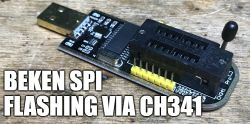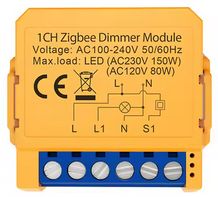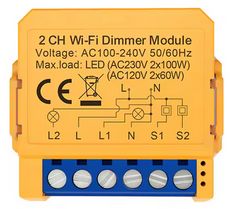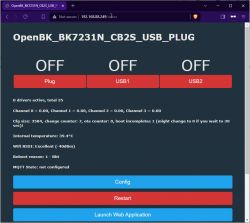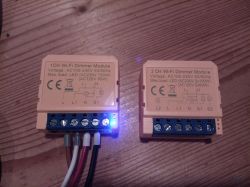Hello. It's me again with another device. This is the Avatto DMS16-W1 1-channel dimmer smart switch with CBU talking to a Puya PY32F002A (TSSOP-20) MCU.
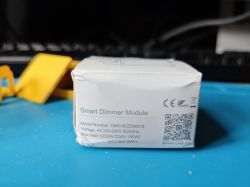
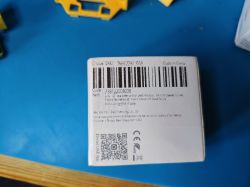
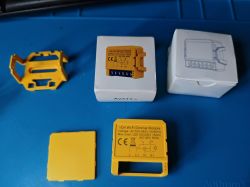
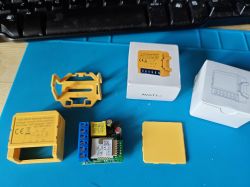
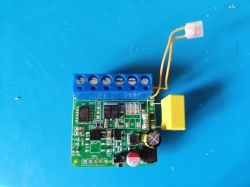
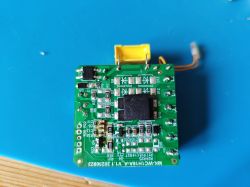
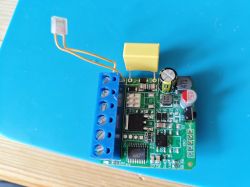
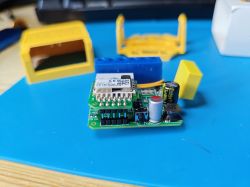
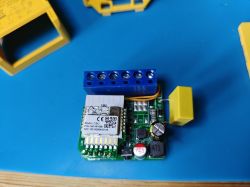
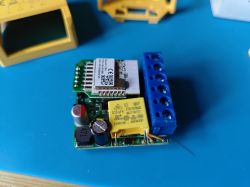
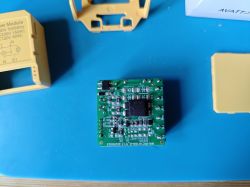
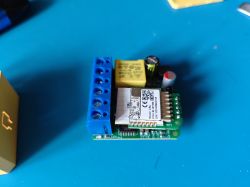
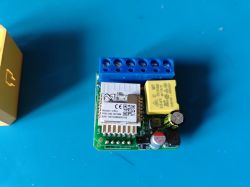
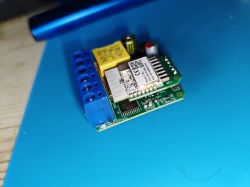
The Puya MCU is well documented and has had some interesting followings on Elektroda https://www.elektroda.com/rtvforum/topic3946116.html
CBU log out from power-on
After de-soldering the CBU riser the factory firmware was dumped using Easy Flasher, attached. The extracted config was "baud":"115200".
With a multimeter I determine the following traces
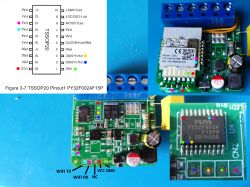
so I have everything I need to capture communications between the Puya and the CBU and potentially to use J-Link to read the flash of the Puya. Sadly I was not able to get a connection from J-Link to the MCU despite my best efforts. Even with NRST-reset pulled low.
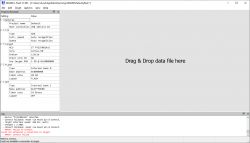
Moving onto the communication between the CBU and the Puya, TuycaMCU Analyser was a winner for capturing all I could toggle and set within the official Tuya app. Those features being:
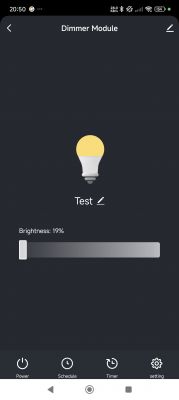
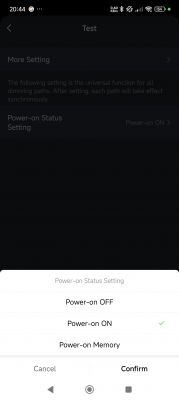
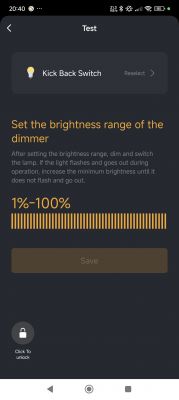
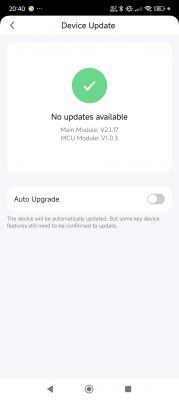
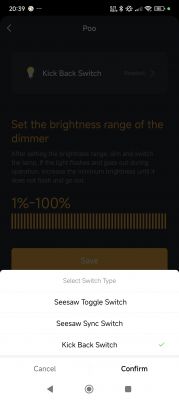
And with the CBU rise de-soldered we can easily switch between OpenBeken and the factory firmware to recheck default behaviour by removing the Puya from the equation in this setup:
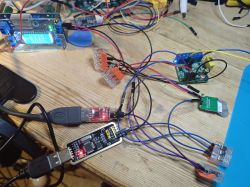
And with two USB-TTL adaptors in the mix we can capture communications in real-time when setting up OBK autoexec.
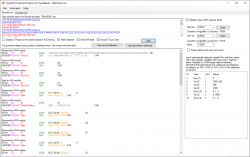
The full extent of the dpIDs being
I did not see dpIDs 13 and 47 in all my fiddling in the Tuya app trying every function, boot communication or tuyaMcu_sendQueryState.
Fast-forward to the current state of the autoexec
which gives us
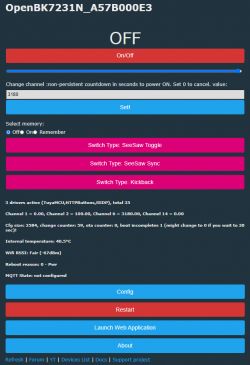
The countdown to power-on timer field numerical value will change every ~30s as the CBU receives an update from the MCU on time remaining.
This is as far as I have gone for now. Most functions appear to be working in OpenBeken, though I've not yet tested with mains power and an incandescent bulb. Certainly the communications I'm watching in the MCU analyser mirror what was seen in factory firmware.
There is one thing I don't yet know how to replicate. The brightness range, dpID3, allows you to customise the range from both ends. This is this screen in the Tuya app
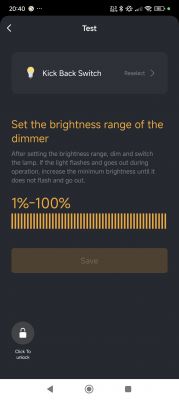
The yellow indicator can be toggled from the left to right to reduce the minimum, as well as from right to left to reduce maximum. This can be seen in factory with these comms. It also involves dpID 2, I'm not sure how this can be replicated in OBK.
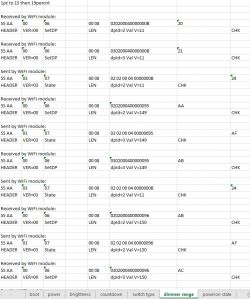
One thing I did notice was that although I've set the dimmer range to tuyaMcu_setDimmerRange 200 1000, same as factory, OpenBeken only displays a fixed 0-100 value range in the GUI for that channel when using the slider. It does however communicate the right values to the MCU.
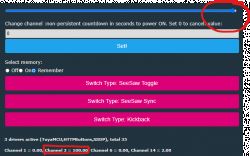
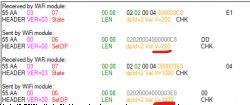
suggestions for improvement welcome!














The Puya MCU is well documented and has had some interesting followings on Elektroda https://www.elektroda.com/rtvforum/topic3946116.html
Code: Text
CBU log out from power-on
Code: Text
After de-soldering the CBU riser the factory firmware was dumped using Easy Flasher, attached. The extracted config was "baud":"115200".
With a multimeter I determine the following traces

so I have everything I need to capture communications between the Puya and the CBU and potentially to use J-Link to read the flash of the Puya. Sadly I was not able to get a connection from J-Link to the MCU despite my best efforts. Even with NRST-reset pulled low.

Moving onto the communication between the CBU and the Puya, TuycaMCU Analyser was a winner for capturing all I could toggle and set within the official Tuya app. Those features being:





And with the CBU rise de-soldered we can easily switch between OpenBeken and the factory firmware to recheck default behaviour by removing the Puya from the equation in this setup:

And with two USB-TTL adaptors in the mix we can capture communications in real-time when setting up OBK autoexec.

The full extent of the dpIDs being
Code: Text
Code: Text
I did not see dpIDs 13 and 47 in all my fiddling in the Tuya app trying every function, boot communication or tuyaMcu_sendQueryState.
Fast-forward to the current state of the autoexec
Code: Text
which gives us

The countdown to power-on timer field numerical value will change every ~30s as the CBU receives an update from the MCU on time remaining.
This is as far as I have gone for now. Most functions appear to be working in OpenBeken, though I've not yet tested with mains power and an incandescent bulb. Certainly the communications I'm watching in the MCU analyser mirror what was seen in factory firmware.
There is one thing I don't yet know how to replicate. The brightness range, dpID3, allows you to customise the range from both ends. This is this screen in the Tuya app

The yellow indicator can be toggled from the left to right to reduce the minimum, as well as from right to left to reduce maximum. This can be seen in factory with these comms. It also involves dpID 2, I'm not sure how this can be replicated in OBK.

One thing I did notice was that although I've set the dimmer range to tuyaMcu_setDimmerRange 200 1000, same as factory, OpenBeken only displays a fixed 0-100 value range in the GUI for that channel when using the slider. It does however communicate the right values to the MCU.


suggestions for improvement welcome!
Cool? Ranking DIY




